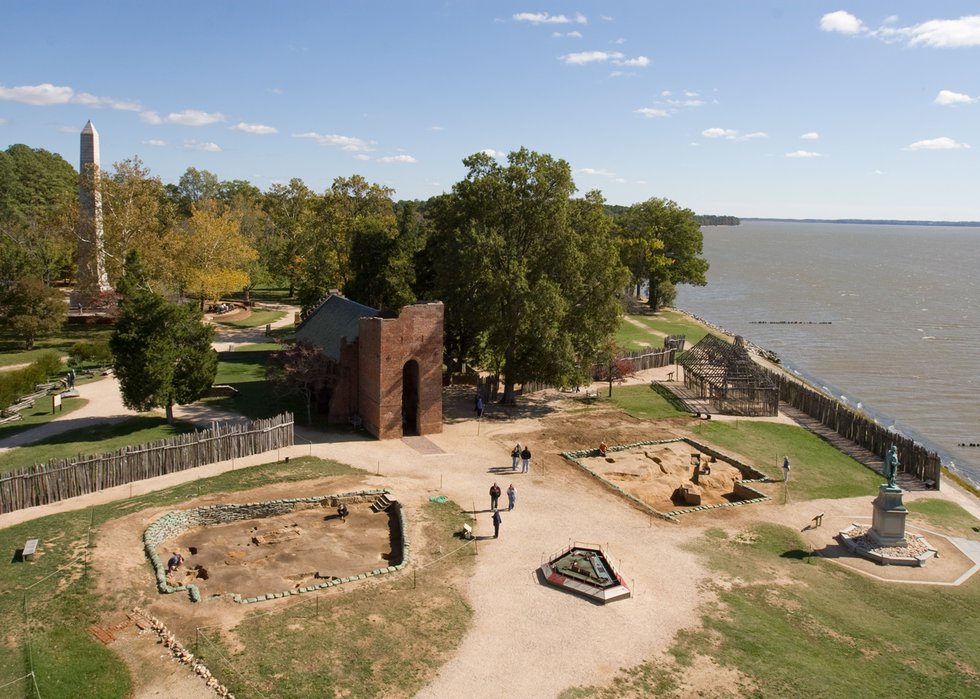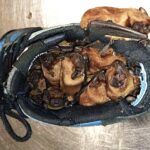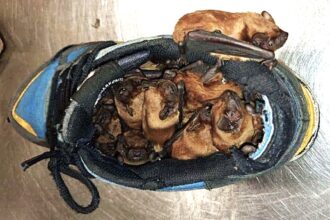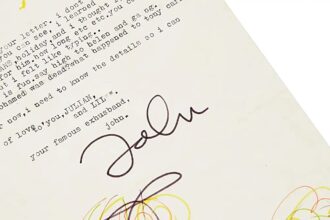A taboo family secret that two men took to the grave has unexpectedly been revealed after hundreds of years.
Archaeologists have been looking at human remains buried at a church in Jamestown, one of the first English settlements to be established in America.
After excavating the area, the remains of two high-status men who lived in the 16th to 17th centuries were discovered.
READ MORE: Waiter stunned as punter abandons WHEELCHAIR after drinking session
- Advertisement -
The DNA of the remains, the age of death indicated by the skeletons, the treatment of the burials and historical records indicate that the individuals were Sir Ferdinando Wenman (A.D. 1576–1610) and Captain William West (about AD 1586–1610).
The two men were part of the prominent family of the colony’s first governor, Thomas West, Third Baron De La Warr.
But after closer analysis, it transpired that the two men were actually maternally related, as reported by What’s The Jam.

This was not recorded in any official documentation at the time.
Following Captain West’s death, his aunt, caregiver and will beneficiary, Mary Blount, attempted to recover the inheritance.
- Advertisement -
In the court records, Ms Blount insinuates that Captain West was the illegitimate son of Elizabeth, the unmarried daughter of William West the elder, First Baron De La Warr.
The records state that Captain West had been raised by Ms Blount on behalf of Elizabeth, her unmarried, deceased sister.

Illegitimacy was taboo in the 17th century, particularly within high-status families, possibly explaining why it was not recorded in genealogical documents.
- Advertisement -
“The child was conceived before marriage, so speculate from there what that could mean – could be an affair, could be premarital sex, but either way was deeply taboo for the time,” researchers wrote in a study for Cambridge Press.
Jamestown served as the colonial capital from 1616 until 1699, and is located on the northeast bank of the James River, just south of present-day Williamsburg, Virginia, in the US.
READ MORE: ‘I found a diamond worth £56,000 in a mine,’ says farmer


















